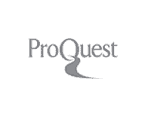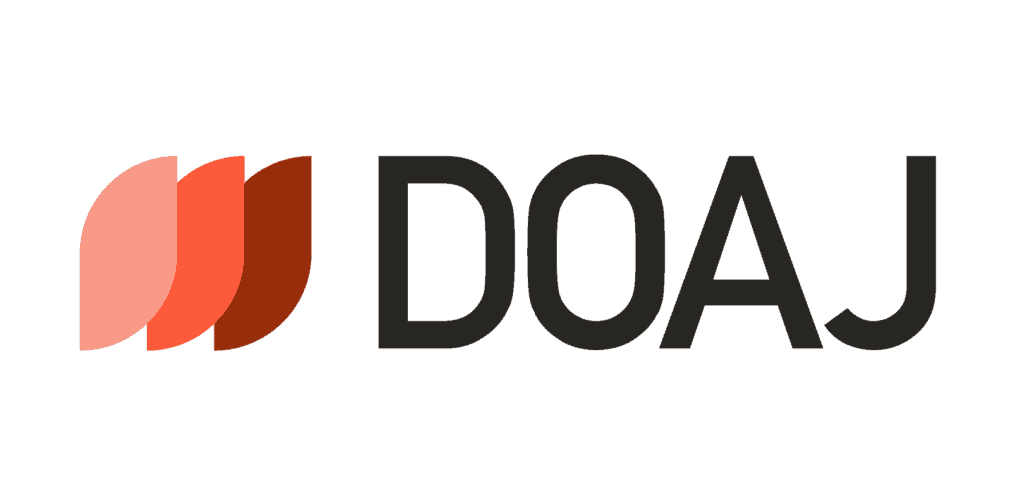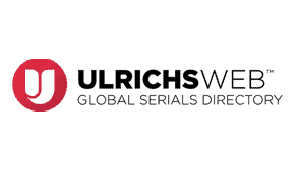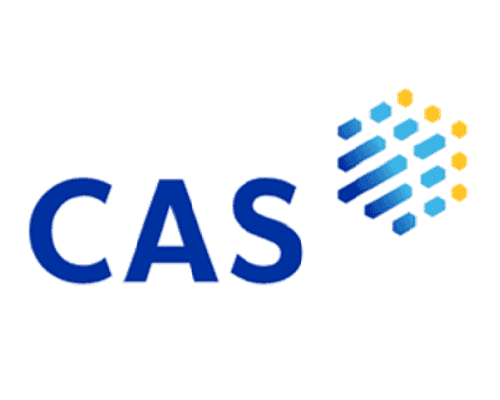Instructions to Authors
Editorial content is restricted to original papers on the following areas:
- Human biology
- Human Diseases (etiology, pathogenesis, epidemiology)
- Bioengineering
- Imaging
- Drug discovery
- Applied physical sciences
- Medical nanotechnology
- Drug delivery / Gene therapy
- Diagnosis and treatment
- Biomarkers
- Regenerative medicine
- Toxicology and pharmacokinetics
- Data mining
- Medical informatics
- Interdisciplinary approaches to medicine
Manuscript Categories
(1) Original Articles
Word limit: 5,000 words maximum including abstract but excluding references, tables and figures. Abstract: 450 words maximum, structured with the following subheadings: Background, Methods, Results and Conclusions.
References: no limit.
Figures/ tables: no limit, but 5 figures/ tables should be sufficient.
Description: Full-length reports of current research in either basic or clinical science. Meta-analysis will be categorized into this type.
(2) Reviews
Word limit: no limit.
Abstract: 450 words maximum.
References: no maximum.
Figures/tables: no limit.
Description: Review papers should contain authors’ analytical appraisal of published papers and personal viewpoints, instead of a mere aggregation of published abstracts.
(3) Mini Reviews (Research Highlights)
Description: Mini Reviews are shorter reviews of topics that may be controversial or unresolved.
(4) Letters to the Editor
Word limit: 1000 words maximum excluding references, tables and figures.
Abstract: not required for this manuscript type.
References: 10 maximum.
Figures/ tables: 1 maximum.
Description: Letters usually offer perspective to content published in this journal. In this case, a Letter must reference the original source, and a Response to a Letter must reference the Letter in the first few paragraphs. Letters can use an arbitrary title, but a Response must cite the title of the Letter: e.g. Response to [title of Letter]. This ensures that readers can track the line of discussion. Presentation of interesting clinical cases can also be published in this format. Letters of any matter of interest to readers of the journal are also published.
(6) Editorials
Word Limit: 2,500 words maximum excluding references, tables and figures.
Abstract: Not required.
References: 25 maximum.
Figures/tables: 2 maximum.
Description: Editorial is written by the recognized leader(s) or experts in the field.
(7) Editorial Commentaries
Word Limit: 2,500 words maximum excluding references, tables and figures.
Abstract: not required for this manuscript type.
References: 25 maximum.
Figures/Tables: 2 maximum.
Description: The Editors will invite an expert in the field to discuss a paper or report or event within the past few months or so, or in the near future and provide a commentary on the importance of each accepted paper to outline its strengths and weaknesses. It should set the problems addressed by the paper/ report/event in the wider context of the field.
(8) Perspectives
Word limit: 3000 words maximum including abstract but excluding references, tables and figures. Abstract: Unstructured. 300 words maximum.
References: no maximum.
Description: Perspectives can be more personal, forward-looking or speculative, compared with reviews of a scientific topic. A paper presenting controversial positions or papers of the same topic advocate opposite sides will be published as Perspectives. While perspectives are solicited by the editors; we also welcome timely, unsolicited Perspectives.
(9) Case Reports
Word limit: 2,500 words maximum excluding references, tables and figures. Abstract: A brief abstract, usually of 3-4 sentences, is required.
Figures/ tables: 8 maximum.
Description: New observations of diseases, clinical findings or novel/unique treatment outcomes relevant to practitioners in medicine and surgery.
The text should be arranged as follows: Introduction, Case Report, Discussion. This journal welcomes case reports where quantitative imaging played a role for diagnosis and/or treatment; also welcome first time realization (in animals or in human subjects) of a new imaging technique. We do not publish case report only because of the rarity of the cases. Note, although we believer reporting case materials is important for the advancement of medicine, the space reserved for case report remains limited for each issue. The decision to publish or not publish a case material submission can sometimes depend on the available space of the journal. For manuscripts that do not qualify, Editors may ask authors to shorten manuscripts and rewrite as Letters to the Editor.
(10) Technical Notes
Word limit: 2,500 words including abstract but excluding references, tables and figures. Abstract: 250 words, unstructured (no use of sub-headers).
References: Up to 35. Figures/tables: Up to 10 in total.
Description: Technical notes articles should present a new experimental or improved method, test or procedure. The method described may either be completely new, or may offer a better version of an existing method. The article must describe a demonstrable advance on what is currently available. The method needs to have been well tested and ideally, but not necessarily, used in a way that proves its value.
(11) Brief Reports
Word limit: 2,500 words including abstract but excluding references, tables and figures.
Abstract: 250 words, unstructured (no use of sub-headers).
References: Up to 35.
Figures/tables: Up to 8 in total.
Description: Manuscripts containing pertinent and interesting observations concerning relevant research in the field of biomedicine and reports on new observations or studies that do not warrant publication as a full research article will be considered for the Brief Reports. These submissions will undergo full peer review.
Manuscript Type
Text
Presentation
Text should be double-spaced and free of all corrections. Word format is preferred. Figures should be separate from the text; each figure should be presented on a separate A4 sheet.
Style
- Author’s addresses and affiliations should be on the first page. Authors must provide all their names, dates of birth, gender, places of birth, technical titles, degrees, professional information and full work addresses to include telephone and email address information.
- An Abstract in English. The abstract should be about 300 – 400 words, with 4 – 8 keywords and the entire MS should be paginated. The length of the text should generally not exceed the equivalent of about 12,000 words.
- Please provide the name and serial number of the fund project if the research is supported by a research fund or the relevant government departments or social organizations.
- All mathematical formulae should be numbered consecutively within parentheses at the end of the formula; formulae should be presented on separate lines; longer formulae should be broken at an operation symbol.
Illustrations and Tables
There is no limit to the number of illustrations submitted. Authors should pay particular attention to the clarity and spelling of any lettering on the diagrams, and some reduction in size should be allowed for. All figures must be of a resolution suitable for reproduction.
All illustrations should be clearly numbered with the figure number and caption clearly indicated on the bottom of the figure.
Accepted file formats include JPG or TIF. Vector files should be CDR format.
Table numbers and names should be centred; table footnotes should be included at the bottom of the table, table symbols and units should be clearly designated. Authors are requested to express decimal fractions with full-stops, not commas. Tabulated ‘raw’ data should be kept to a minimum.
References
Examples of style are:
Periodicals
Authored articles
Weaver DL, Ashikaga T, Krag DN, Skelly JM, Anderson SJ, et al. Effect of occult metastases on survival in node-negative breast cancer. N Engl J Med 2011;364:412-21. [PMID: 21247310 DOI: 10.1056/NEJMoa1008108]
Articles authored by organizations
Diabetes Prevention Program Research Group. Hypertension, insulin, and proinsulin in participants with impaired glucose tolerance. Hypertension 2002;40:679-86. [PMID: 12411462]
Articles – authors and organizations
Vallancien G, Emberton M, Harving N, van Moorselaar RJ; Alf-One Study Group. Sexual dysfunction in 1,274 European men suffering from lower urinary tract symptoms. J Urol 2003;169:2257-61. [PMID: 12771764 DOI: 10.1097/01.ju.0000067940.76090.73]
Non-Anglophone standard journal articles (title should be translated into English; state original language in parentheses)
Zhang X, Xiong H, Ji TY, Zhang YH, Wang Y. Case report of anti-N-methyl-D-aspartate receptor encephalitis in child. J Appl Clin Pediatr 2012;27:1903-7 (in Chinese).
Articles ahead of print (DOI must be included)
Odibo AO. Falling stillbirth and neonatal mortality rates in twin gestation: not a reason for complacency. BJOG 2018; Epub ahead of print [PMID: 30461178 DOI: 10.1111/1471-0528.15541]
Books
Sherlock S, Dooley J. Diseases of the liver and biliary system. 9th ed. Oxford: Blackwell Sci Pub; 1993. pp. 258-96.
Chapter in a book
Meltzer PS, Kallioniemi A, Trent JM. Chromosome alterations in human solid tumors. In: Vogelstein B, Kinzler KW, editors. The genetic basis of human cancer. New York: McGraw-Hill; 2002. pp. 93-113.
Collected articles, proceedings, etc.
Online resource
FDA News Release. FDA approval brings first gene therapy to the United States. Available from: https://www.fda.gov/NewsEvents/Newsroom/PressAnnouncements/ucm574058.htm. [Last accessed on 30 Oct 2017]
Conference proceedings
Harnden P, Joffe JK, Jones WG, editors. Germ cell tumours V. Proceedings of the 5th Germ Cell Tumour Conference; 2001 Sep 13-15; Leeds, UK. New York: Springer; 2002.
Conference paper
Christensen S, Oppacher F. An analysis of Koza’s computational effort statistic for genetic programming. In: Foster JA, Lutton E, Miller J, Ryan C, Tettamanzi AG, editors. Genetic programming. EuroGP 2002: Proceedings of the 5th European Conference on Genetic Programming; 2002 Apr 3-5; Kinsdale, Ireland. Berlin: Springer; 2002. pp. 182-91.
Unpublished articles: should not be included in the references but may appear as a page footer. Please use the following format:
Tian D, Araki H, Stahl E, Bergelson J, Kreitman M. Signature of balancing selection in Arabidopsis. Proc Natl Acad Sci U S A. Forthcoming 2002.
For other types of references please refer to U.S. National Library of Medicine (https://www.nlm.nih.gov/bsd/uniform_requirements.html).
4. Disclosure
All author must individually sign “Author Contribution and Agreement” form and acknowledge full responsibility of the submission of the manuscript. Each author must disclose all financial relationships related to the subject of the paper. This should include equity ownership, profit-sharing agreements, royalties, patents, and grants. Authors do not need to report the sums concerned. If none, state “none”.
5. Policies on Conflict of Interest
Authors must declare any competing interests by completing our standard form. To assist authors the form is here [include hyperlink to form here]. Conflict of interests/competing interests can be defined as factors which could influence the judgment of an author, reviewer or editors, and may be personal, commercial, political, academic, or financial in nature. Put simply, they are interests which, if revealed later, would make a reasonable reader feel misled or deceived.
Manuscripts must be submitted online at: https://bio-integration.org/bioiojs/index.php/abs/user/register Authors must provide an email address as all correspondence will be through email. In cases of submission difficulties, please directly e-mail to jinsui_yu@bio-integration.org. Once a manuscript ID is obtained, for further communications, including submission of a revised version of the manuscript, authors can also directly e-mail to jinsui_yu@bio-integration.org
BIO Integration is indexed in the OCLC, WorldCat, Primo Central (Ex Libris), Sherpa Romeo and Summon Databases.










